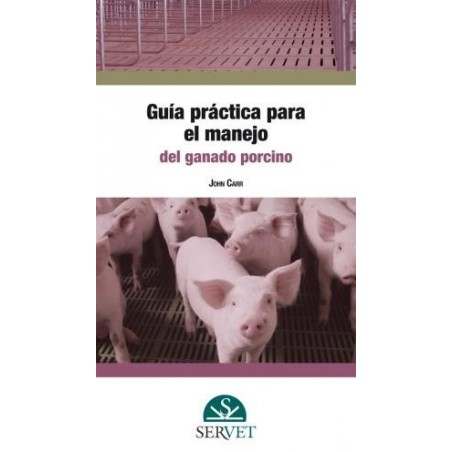Mycoplasma (M.) hyosynoviae is known to colonize and cause disease in growing-finishing pigs. In this study, two clinical isolates obtained from temporally, spatially, and herd-source differing field cases (diagnosed by the Iowa State University Veterinary Diagnostic Laboratory; ISU-VDL) of pig M. hyosynoviae-associated arthritis (i.e., 3491 and 3496) were compared by inoculating cesarean-derived colostrum-deprived and specific-pathogen-free growing pigs. Pigs inoculated intranasally (IN) with isolate 3491 received either 5 mL (n = 5 per group) or 10 mL (n = 5 per group), while all pigs inoculated IN with isolate 3496 received 10 mL (n = 5 per group). Animals inoculated intravenously (IV) received 2 mL of either 3491 (n = 11) or 3496 (n = 7). Control animals (n = 4) received the same medium used to grow this bacterium either IN (n = 3) or IV (n = 1). After intranasal or intravenous inoculation, the proportion and distribution pattern of clinical cases was compared in addition to the severity of lameness.
Tonsils were found to be the primary site of colonization, while bacteremia was rarely detected prior to the observation of clinical signs. Regardless of the clinical isolate, route of inoculation, or volume of inocula, histopathological alterations and tissue invasion were detected in multiple joints, indicating an apparent lack of specific joint tropism. Acute disease was primarily observed 7 to 10 days post-inoculation. The variability in the severity of synovial microscopic lesions and pathogen detection in joint cavities suggests that the duration of joint infection may influence the diagnostic accuracy.

In conclusion, this study demonstrated that clinical lameness caused by M. hyosynoviae can be reproduced by infecting CDCD pigs either IV or IN with no specific joint tissue tropism. However, the variability in disease phenotype, including pathogen detection and histopathological scoring, strengthens the idea that post-mortem diagnostic criterion has to be stringent to increase its accuracy. Moreover, given the demonstration that differing clinical isolates can have a distinct impact in clinical lameness, more comprehensives studies should be conducted with well-established collections of genotyped strains to determine the markers associated with virulence of this pathogen. This approach can be particularly relevant to auxiliate in surveillance and testing of therapeutic and/or vaccine candidates.
Gomes-Neto JC, Raymond M, Bower L, Ramirez A, Madson DM, Strait EL, Rosey EL, Rapp-Gabrielson VJ; Two Clinical Isolates of Mycoplasma Hyosynoviae Showed Differing Pattern of Lameness and Pathogen Detection in Experimentally Challenged Pigs; J Vet Sci. 2016 Dec 30;17(4):489-496. doi: 10.4142/jvs.2016.17.4.489




